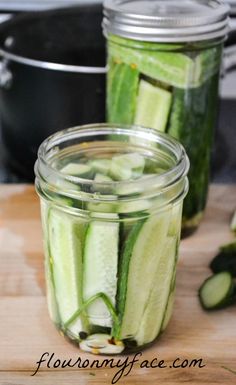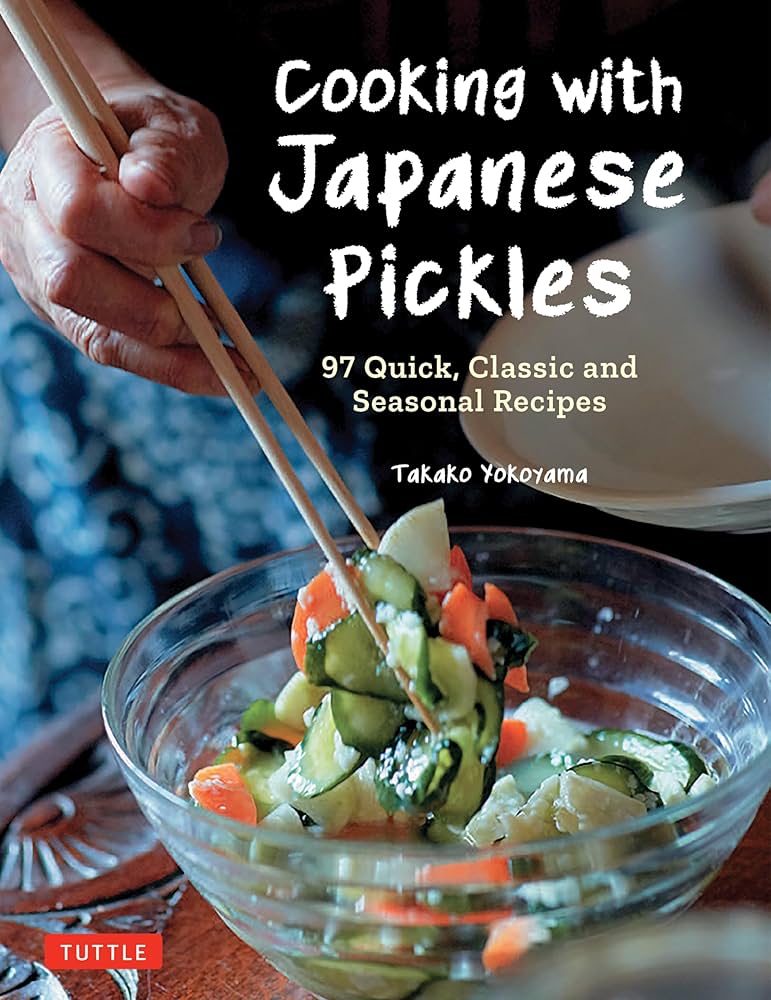
Keeping Family Traditions Alive: The Art of Pickling
As autumn settles in and the chill begins to bite, there’s no better time to reflect on the traditions that define us. In the heart of Timberland, Saskatchewan, Anita Smith is harvesting the last cucumbers of the season. With careful movements, she forages through the wilting foliage, determined to gather every last fruit before frost can claim them.
“I guess I began really when I started washing jars for my mom when I was a little girl,” she recalls, her hands deftly navigating the prickly surfaces of her home-grown cucumbers. “I would tell her, ‘Ugh, I’m never gonna do this when I’m older.’ Now I wash more jars than my mom ever made me do—by choice!”
Anita represents a beautiful tapestry of resilience and tradition in her community. Each fall, she dedicates herself to preserving hundreds of pounds of garden produce, honoring ancient methods passed down through her family. Her garden is vast, brimming with a trove of fruits and vegetables, destined for her canning jars.
“I do green beans and carrots and corn the old-fashioned way, with glass lids and rubber rings in a water bath on top of the stove,” she explains proudly. “Not too many people do it anymore.”
Smith’s repertoire spans an impressive variety of canned goods, from jams and jellies to homemade relishes and even preserved fish. But it’s her grandmother’s dill pickles that hold a special place in her heart.
A Recipe Rich in Memories
Anita reminisces about her family’s unique pickle-making traditions, illustrating how these recipes intertwine familial bonds across generations. Her grandmother used only large cucumbers for her dill pickles, while her mother introduced baby pickles to the mix. “We would fight over the ‘baby pickle’,” she reveals, laughter bubbling over as she shares these cherished memories.
“My mom didn’t have a pickle recipe, so my dad took her to go see his mom and get her recipe,” Anita shares, her eyes twinkling with fondness. “My grandma only spoke French, so my mom couldn’t really communicate with her. My dad had to translate the recipe into English. So, good on Dad for getting it right!”
While the ingredients may have been faithfully translated, the method of preparation saw some divergence. Anita’s mother, perhaps spurred by her longing for the flavors of home, decided to incorporate both the large dills and the coveted smaller pickles. “It was always a fight to who got the baby pickles. They were the best!” she remembers, reliving the joyful battles over jars filled with tangy treasures.
 Family traditions preserved in every jar.
Family traditions preserved in every jar.
When Anita and her siblings began canning, they took this playful rivalry to heart, creating special jars solely filled with the beloved baby pickles to settle the disputes. “When we took out a jar, we didn’t have to fight over who got the baby pickle,” she comments, maintaining a spark of humor that underscores the weight of familial love attached to these rituals.
As a mother herself now, she has begun to pass down her family’s pickling legacy to her two daughters, transforming the art of preserving into a shared experience that continues to evolve.
“I’ve already taught my daughters how to can, so I know that this recipe will be passed on not only to my daughters but maybe their children,” she reflects, knowing that this tradition has the power to transcend generations.
The Importance of Preservation
Anita’s insights extend beyond the bounds of family and cuisine; they illuminate a core truth about cultural continuity. “I read this one thing that said it only takes two generations to lose family traditions,” she states. “Once you skip a generation, it’s very easy for the next generation to skip it too. Then before you know it, it’s lost. And then it’s hard to pick back up because the recipes are gone, the knowledge is gone—everything just disappears.” This poignant realization strikes at the heart of many modern dilemmas.
In our fast-paced world, the art of canning may seem labor-intensive, and it undeniably is. Yet, for Anita, the hard work comes with its rich rewards. Every hour spent canning is an hour invested into preserving not just food but the essence of her family and community’s heritage.
The cherished moments spent in the garden and kitchen.
It is this spirit of dedication that propels her each fall. “For me, the only part of this family tradition that should disappear is the last baby pickle,” she concludes with conviction, a smile spreading across her face as she holds a jar of her treasured creation, the fruits of her labor encapsulated in a vibrant, crisp dill pickle.
As we stand on the brink of another winter, let us remember the importance of these traditions. Whether it’s canning, pickling, or simply gathering around the dinner table, every ounce of effort to maintain these rituals is a step toward preserving our history and fostering connections with our loved ones. So, this season, let’s embrace our gardens, our kitchens, and most importantly, our families—ensuring these legacies continue for generations to come.















